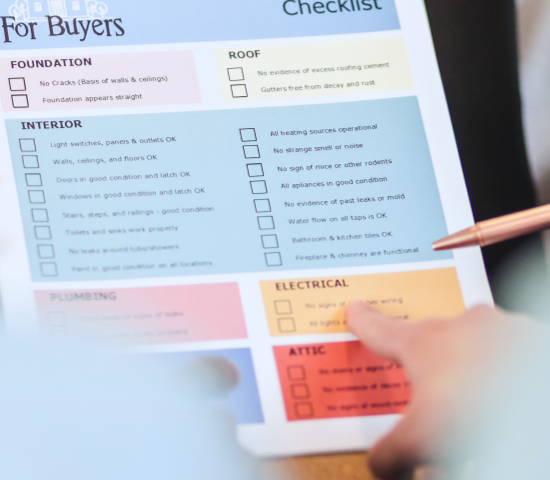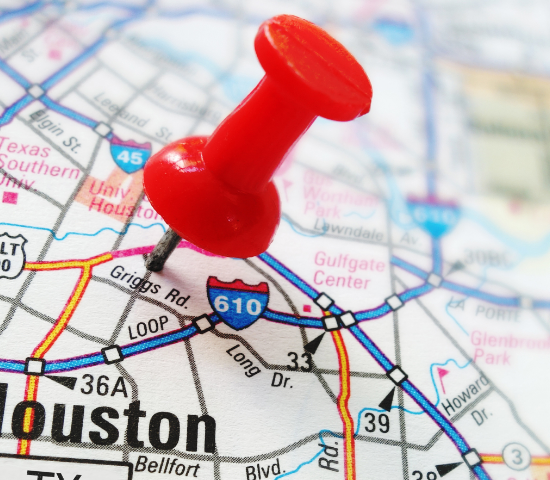
Preparing An Emergency Escape Plan For Your Home
As natural disasters become more and more common, home security risks lurk around the corner, and you never know when an unexpected accident can strike– it’s absolutely critical that homeowners have emergency plans set in place. An emergency escape plan can ensure the safety of not only yourself but your loved ones, as well as important belongings. It’s always better to be prepared than to be caught off guard.
Are you prepared to handle an emergency in your home? This article will help you establish a plan over the course of a few steps and encourage overall home safety.
Creating An Emergency Escape Plan
Step One: Assessing Your Home
The first step to being prepared for emergencies is thoroughly evaluating your home and its features. You’ll want to identify main and alternative escape routes. For example, the back door of your home may be a main exit route, but if for some reason it is inaccessible, identify an alternate route such as a first-story window. This will prevent the need to think on the spot during an emergency, so make sure everyone in your home is familiar with these routes. Tailor these routes in relation to specific emergency scenarios, such as fires or a natural disaster.
Identify safe locations within your home where you’ll be able to take shelter. For many individuals, this could be a basement or second floor depending on the scenario, although not every home has the same characteristics. This is why assessing the features of your home is important, as one emergency plan does not work for all homeowners.
Step Two: Creating An Evacuation Plan
Safety during an emergency does not always include remaining inside the home. For many emergencies, especially fires or natural disasters, evacuating and escaping to a safer location is the best course of action. Be sure to select escape routes and a designated meeting spot for you and your family members in the event of an evacuation. Everyone should be on the same page, so stress these meeting locations to everyone in your household. If there is a house fire, for example, the designated meeting spot can be the front yard of your house or in front of your neighbor’s yard. Communicate the importance of these locations and emphasize the importance of unity during emergencies.
Step Three: Set Up An Emergency Preparedness Kit
Emergency preparedness kits can be extremely helpful during a home emergency, as they should contain essential items for everyone. Some essential items include water and non-perishable foods, first aid supplies, medications, and personal documents. Cater the items within the kit to your household needs, such as allergy medicine or pet supplies. If there are crucial insurance documents or medical records that could be relevant during an emergency, include copies of them inside the emergency preparedness kit as well.
Keep the emergency preparedness kit in an easily accessible location so that it can be reached during a home emergency. Ideally, it should be kept somewhere near a main or alternative exit that has been specified in one of your escape routes. This will make grabbing the kit and exiting a smoother process.
Step Four: Practices & Safety Drills
Simply establishing an emergency escape plan is good, but practice drills can reinforce the effectiveness of your plan. Run through several different scenarios with your family until you’re confident that everyone is familiar with the exit routes and plans. If a practice drill reveals that one of your escape plans is not practical and needs to be altered, you’ll be able to make changes until there is less room for error.
Continuously upkeeping these emergency plans will increase their effectiveness and ensure the entire household is adept at responding to these situations.
Conclusion
To conclude, having a well-thought-out emergency escape plan is not just a precaution—it’s a crucial step in safeguarding your family, your home, and your peace of mind. Emergencies are unpredictable, but being prepared ensures that you can respond quickly and effectively. From assessing your home and setting up evacuation routes to assembling an emergency preparedness kit and practicing safety drills, every step plays a vital role in enhancing your household’s readiness.
With the right plan in place, you’ll be ready to act swiftly when every second counts, ensuring that you and your loved ones can stay safe no matter what challenges arise.
For more property-related news, information, and tips, visit our blog page here at Oscar Combs Realtor. If you’re interested in finding or listing a property, contact us and see how we can help you reach your property goals.
Sources:
https://www.har.com/ri/2770/how-do-you-plan-a-home-emergency-escape-plan-for-your-house





